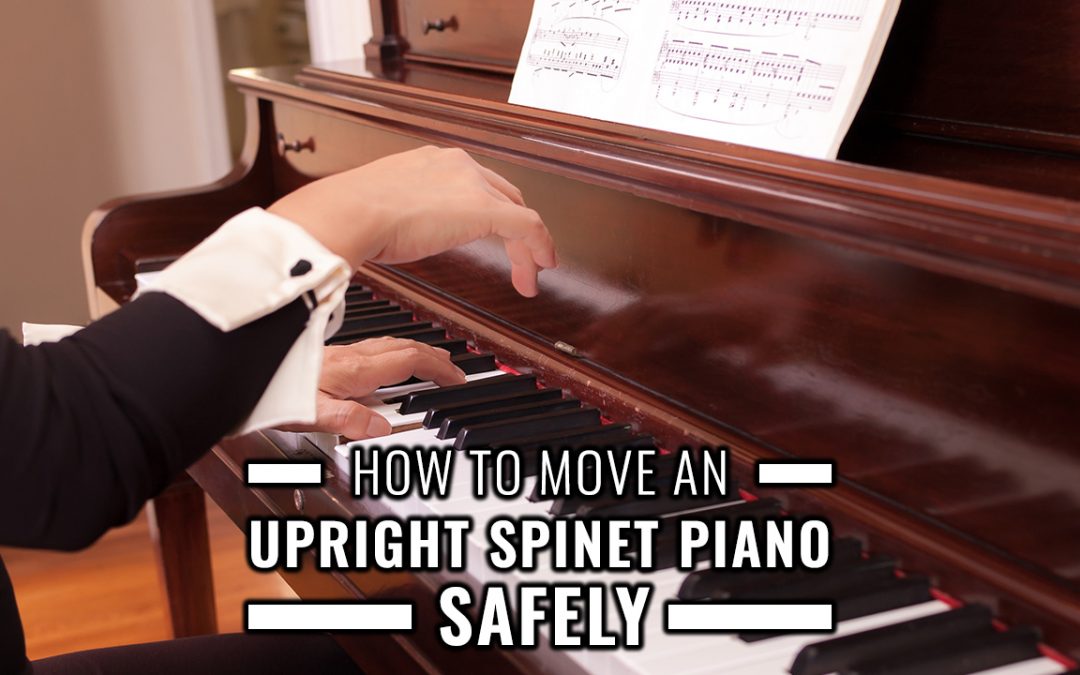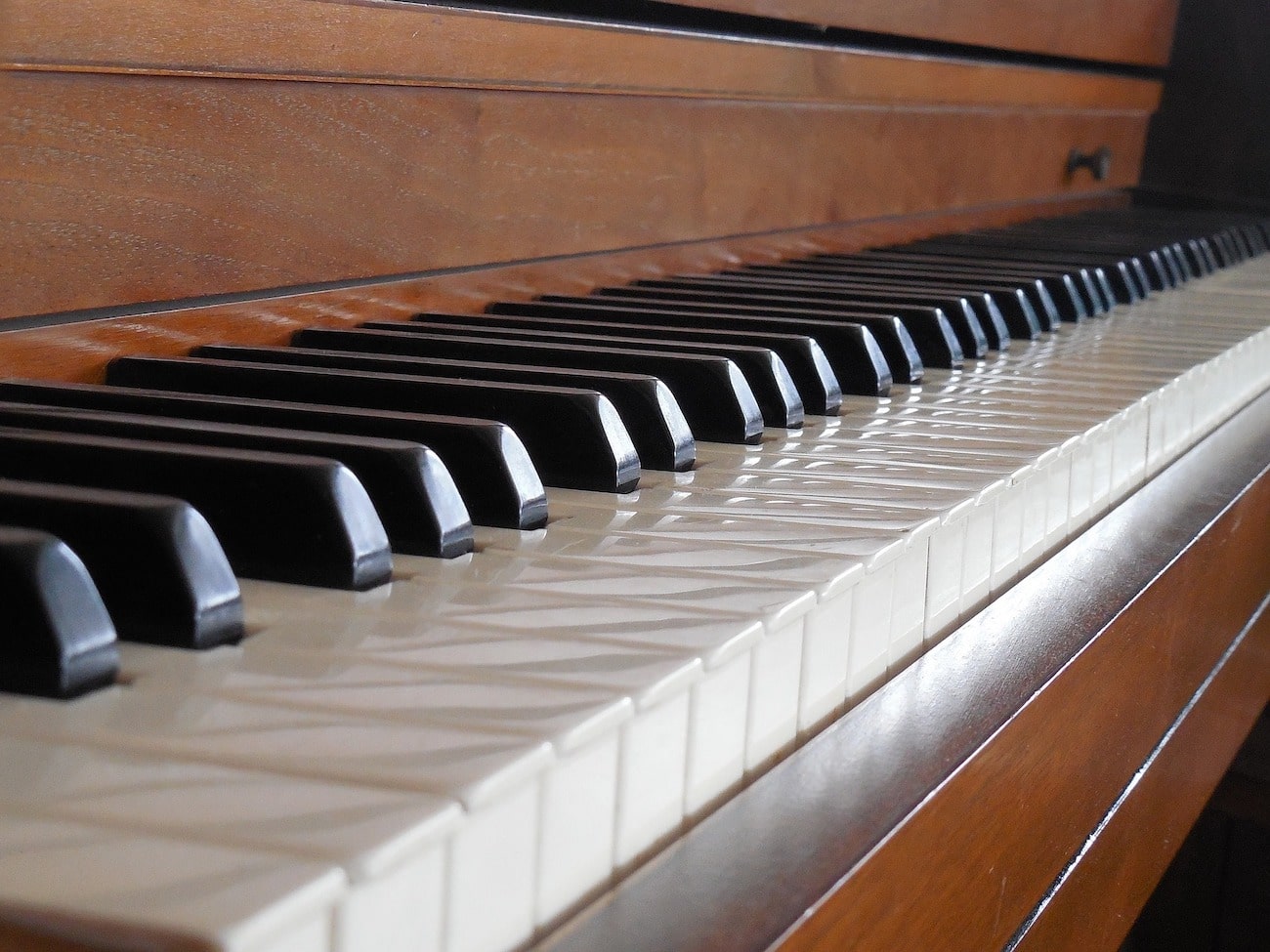Moving to a new home can be an exciting time, but it also comes with a number of logistical headaches that must be solved before the first truck pulls up to the curb.
While a standard house full of possessions is complicated enough on its own, the presence of large fragile items such as pianos adds another layer of difficulty to the process. You might be tempted to move a massive musical instrument on your own, but that’s easier said than done.
Here’s how to move a spinet piano or another similar upright design safely.
Never Work Alone
Depending on the instrument’s design, an upright piano can weigh anywhere from 300-800 pounds, which means it’s far too heavy to attempt a move on your own.
To ensure the safety of yourself, your new home and your expensive instrument, get help from a few friends who can help you shoulder the load. At a minimum, you should with four people who have experience lifting heavy objects and make sure they’re properly attired with non-slip shoes.
Get the Right Supplies
Before the day arrives, make sure you have everything needed for your move. Secure enough moving blankets to protect every surface from accidental damage during this process. Get a few rolls of tape to secure each blanket in place.
One final thing you’ll need to safely move an upright piano is a dolly that’s rated to carry the instrument’s entire weight without putting undue pressure on sensitive areas. A truck or van with a motorized liftgate can also take a lot of the work away from you and your helpers.
Wrap Thoroughly
When acquiring blankets for moving day, you’ll want to get as many as possible, because it’s easy to go through them quickly. In a pinch, you can use any thick comforter or quilt in your house, but be ready to clean them when you’re finished.
Start by covering the pedals and keys with their own blankets and securing each one in place. Continue working around the entire instrument until the front, back, sides, top, and bottom are thoroughly protected from damage. Make sure the blanketing doesn’t interfere with the instrument’s wheels or the operation of the dolly.
Take Accurate Measurements
Once you have all of your supplies and you’ve prepared the instrument, use a tape measure to get accurate figures for your entire path out of the old building and into your new home. Take measurements of every door, hallway, and staircase.
Compare these numbers with the dimensions of your piano once it has its protective wrapping in place. If you run into any potential snug areas, take a look at alternate routes and prepare any corners with cardboard or blankets to prevent damage to the structure.
Begin the Move
Place one of your helpers on each side of the piano and lift as a team to load the piano onto its dolly. Slowly move the instrument on your pre-planned route, taking it off of the dolly to negotiate any staircases along the way.
Once you’ve reached the new property, load the piano back onto the dolly and begin the process in reverse until it reaches its ideal location.
Loading the Truck Properly
One of the most critical times of any moving project is the period spent in the van, which is why it’s important to load your objects carefully.
You might find yourself wondering “can you lay an upright piano on its back during the move?” We don’t recommend moving a piano on its back. For the best possible results, you should secure the instrument tightly against the back wall of the van in an upright position.
Not only is this better for the piano, but it also takes up a smaller footprint inside your truck, which could allow you to fit more cargo. For this reason, pianos should be “last in, first out,” and use padded objects such as mattresses to provide a barrier against other items in the van.
Tune the Instrument
Moving can be stressful on you, but it may also put a burden on the inner workings of your instrument if there is a change in temperature or humidity during your move. Pianos are fickle pieces of musical engineering, and any changes in the environment could cause a tuning issue.
Once you’ve settled into your new home, give the piano a few weeks to acclimate to its surroundings before having a professional tuner come in to perform adjustments. If you move to a new home with a similar temperature and climate, we still recommend tuning your piano every 6 months at a minimum for general piano care best practices.
Trust the Professionals
Now you know how to move an upright piano safely, it’s easy to see why many instrument owners turned to experienced movers to handle this delicate work. The effort might seem worth it to save a few dollars, but you could end up spending more if you damage an expensive instrument.
At West Coast Piano Moving & Storage, we’ve helped people move their expensive instruments safely since 2004 and we’re ready to help you too. To get a free quote for your relocation, contact us online, call our Portland office at 503-234-2226 or reach our Seattle location at 253-277-1397 today.


